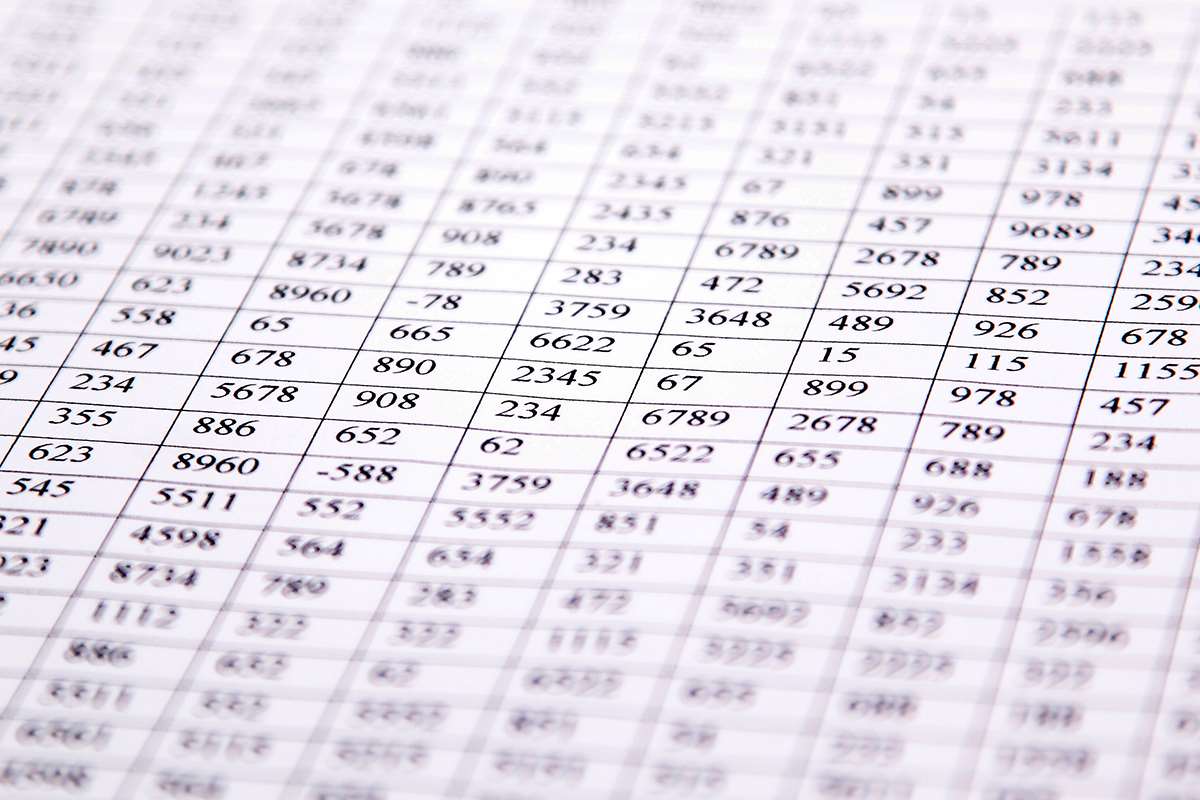02 Apr Predetermined Overhead Rate POHR: Formula and Calculation

Because of this decrease in reliance on labor and/or changes in the types of production complexity and methods, the traditional method of overhead allocation becomes less effective in certain production environments. To account for these changes in technology and production, many organizations today have adopted an overhead allocation method known as activity-based costing (ABC). This chapter will explain the transition to ABC and provide a foundation in its mechanics. Predetermined overheads rate is the ratio of estimated overhead cost to the estimated units to be allocated and is used for allocation of expenses across its cost centers and can be fixed, variable or semi-variable.

Calculating Overhead Cost Per Unit

While it may become more complex to have different rates for each department, it is still considered more accurate and helpful because the level of efficiency and precision increases. Obotu has 2+years predetermined overhead rate of professional experience in the business and finance sector. She enjoys writing in these fields to educate and share her wealth of knowledge and experience.
- For example, a production facility that is fairly labor-intensive would likely determine that the more labor hours worked, the higher the overhead will be.
- Carefully minimizing overhead is crucial for small businesses to maintain profitability.
- It would involve calculating a known cost (like Labor cost) and then applying an overhead rate (which was predetermined) to this to project an unknown cost (which is the overhead amount).
- Based on the above information, we must calculate the predetermined overhead rate for both companies to determine which company has more chance of winning the auction.
- Allocating overhead this way provides better visibility into how much overhead each department truly consumes.
- For example, assume a company expects its total manufacturing costs to amount to $400,000 in the coming period and the company expects the staff to work a total of 20,000 direct labor hours.
- A financial professional will offer guidance based on the information provided and offer a no-obligation call to better understand your situation.
Breaking Down Overhead Costs: Fixed and Variable
- Figure 8.41 shows the monthly manufacturing actual overhead recorded by Dinosaur Vinyl.
- Dinosaur Vinyl uses the expenses from the prior two years to estimate the overhead for the upcoming year to be $250,000, as shown in Figure 4.17.
- The formula for a predetermined overhead rate is expressed as a ratio of the estimated amount of manufacturing overhead to be incurred in a period to the estimated activity base for the period.
- Different businesses have different ways of costing; some use the single rate, others use multiple rates, and the rest use activity-based costing.
It believes other sites experienced savings of fifty to one hundred times the cost to implement the system. Using activity based costing, it is possible to understand the value of an activity and cost it https://www.bookstime.com/ accordingly instead of using time as a basis for allocating overheads. In these situations, a direct cost (labor) has been replaced by an overhead cost (e.g., depreciation on equipment).
Calculating Manufacturing Overhead Cost for an Individual Job
- Our work has been directly cited by organizations including Entrepreneur, Business Insider, Investopedia, Forbes, CNBC, and many others.
- This can result in abnormal losses as well and unexpected expenses being incurred.
- Enforcing company-wide cost-saving policies around printing, travel, etc. further helps minimize overhead.
- The price a business charges its customers is usually negotiated or decided based on the cost of manufacturing.
- At Finance Strategists, we partner with financial experts to ensure the accuracy of our financial content.
Using the predetermined overhead rate formula and calculation provides businesses with a percentage they can monitor on a quarterly, monthly, or even weekly basis. Businesses monitor relative expenses by having an idea of the amount of base and expense that is being proportionate to each other. This can help to keep costs in check and to know when to cut back on spending in order to stay on budget. In larger companies, each department in which different production processes take place usually computes its own predetermined overhead rate. Despite the fact that it may become more complex, it is considered more accurate and helpful to have different predetermined overhead rates for each department, because the level of efficiency and precision increases. The overhead rate helps businesses understand the proportion of indirect costs relative to direct costs.

The estimated or budgeted overhead is the amount of overhead determined during the budgeting process and consists of manufacturing costs but, as you have learned, excludes direct materials and direct labor. Examples of manufacturing overhead costs include indirect materials, indirect labor, manufacturing utilities, and manufacturing equipment depreciation. Another way to view it is overhead costs are those production costs that are not categorized as direct materials or direct labor. An activity base is considered to be a primary driver of overhead costs, and traditionally, direct labor hours unearned revenue or machine hours were used for it. For example, a production facility that is fairly labor intensive would likely determine that the more labor hours worked, the higher the overhead will be.


The estimate is made at the beginning of an accounting period, before the commencement of any projects or specific jobs for which the rate is needed. Hence, you can apply this predetermined overhead rate of 66.47 to the pricing of the new product X. Using small business accounting software centralizes overhead tracking and analysis.


No Comments